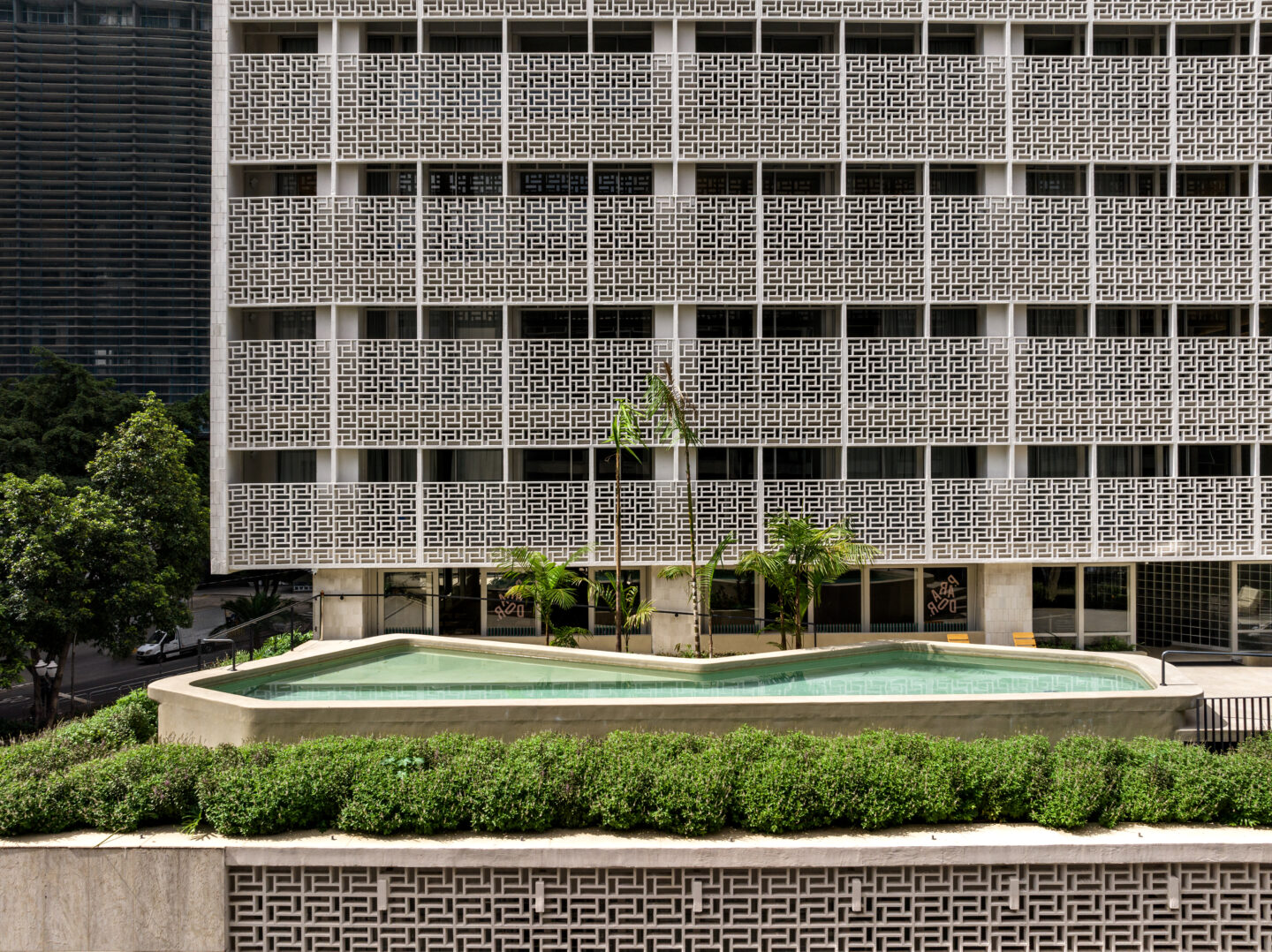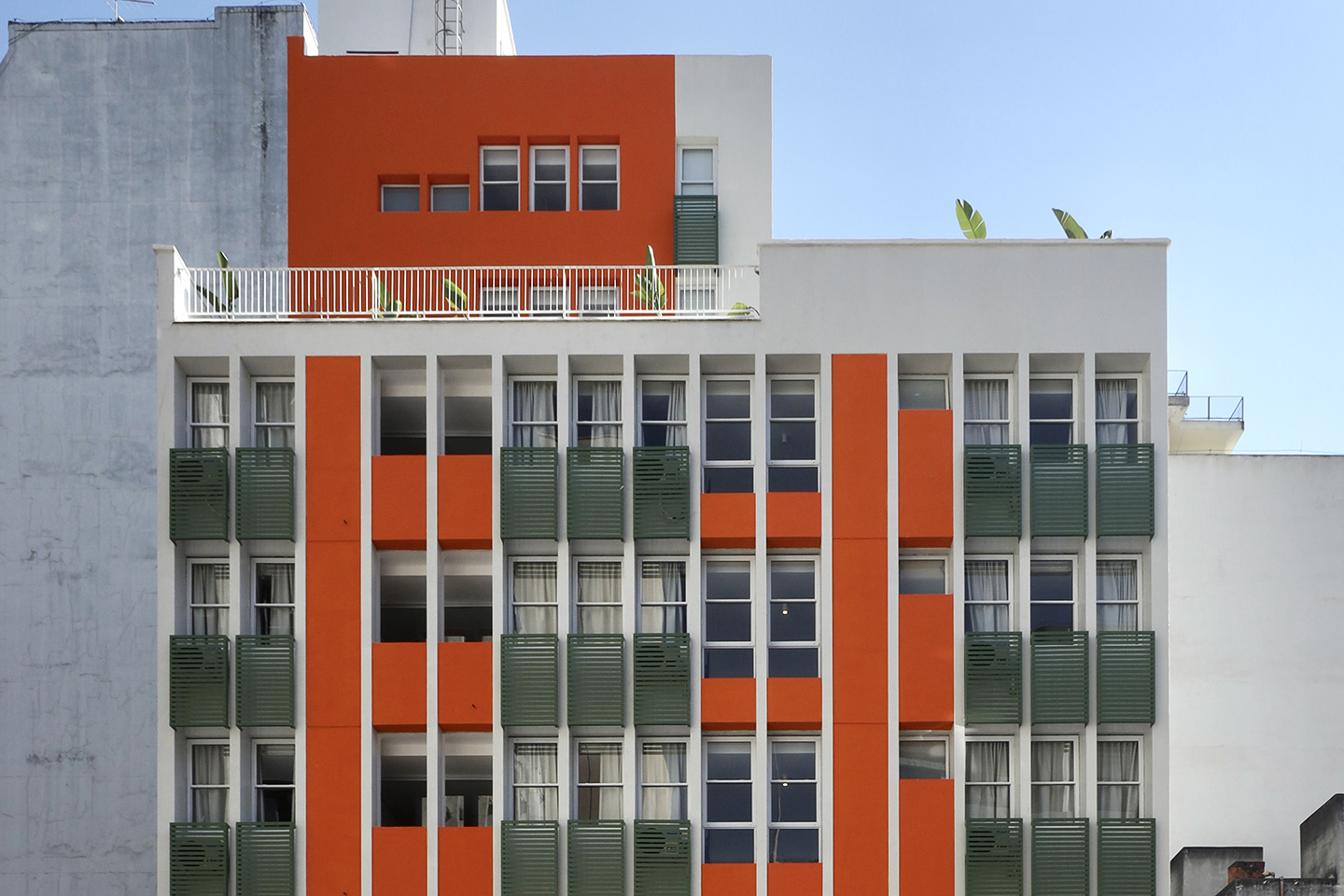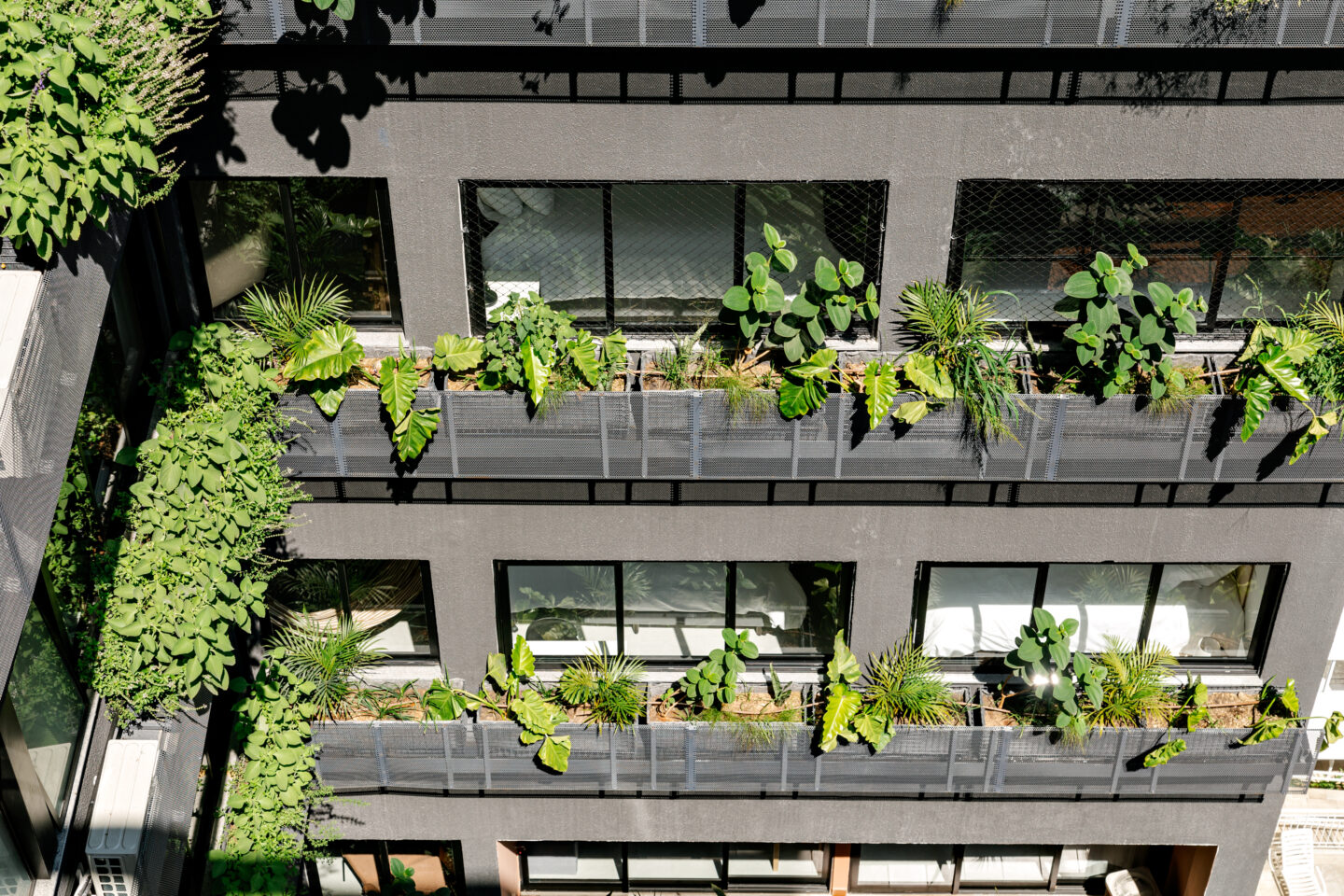
Human beings are increasingly urban. We need to contribute to better cities.
The most sustainable cities in the world are dense. People should live close to where they work. Sidewalks should have people from different social classes going to the bakery, the market, the school, the studio.
It is very expensive to transport people further and further away. In a dense city, it is possible to have more bus and subway lines. More people in a smaller area of land makes the entire urban infrastructure more viable. When people walk or use public transportation, there is less pollution. The social friction of different classes is the phenomenon that makes the city the true place of opportunity.
For denser and more sustainable cities, Planta.Inc. enables the activation of underutilized properties in the central region and other neighborhoods of São Paulo. By building diverse and comfortable plans in well-designed buildings built in the past, Planta.Inc. aims to bring people from the most diverse backgrounds together.
Good buildings built in the past were generous, made with quality materials and solid structures. Today, many of them are empty.
With operations that began in the Vila Buarque region and are now expanding to other neighborhoods in the city, Planta.Inc. identifies buildings, conducts a comprehensive assessment and promotes retrofitting with renowned architecture firms in the city. It creates intelligent condominiums, with good leisure areas and varied and comfortable housing units, without exception.






Retrofitting in large cities can be responsible for reducing up to 51% of emissions related to civil construction.
Concrete production is one of the main causes of carbon emissions in the construction sector. The sector is responsible for approximately:
Concrete production is one of the main causes of carbon emissions in the construction sector. The sector is responsible for approximately:
0%
of atmospheric
emissions
0%
of liquid
effluents
0%
of solids
0%
of other
releases
It is estimated that 70% of existing buildings will still be standing in 2050.
Projects that undergo retrofit achieve:
less emissions
compared to constructions
starting from scratch
reduction in
annual emissions from
an existing building
reduction in costs
with thermal
sources
energy efficiency
only by using
natural light
